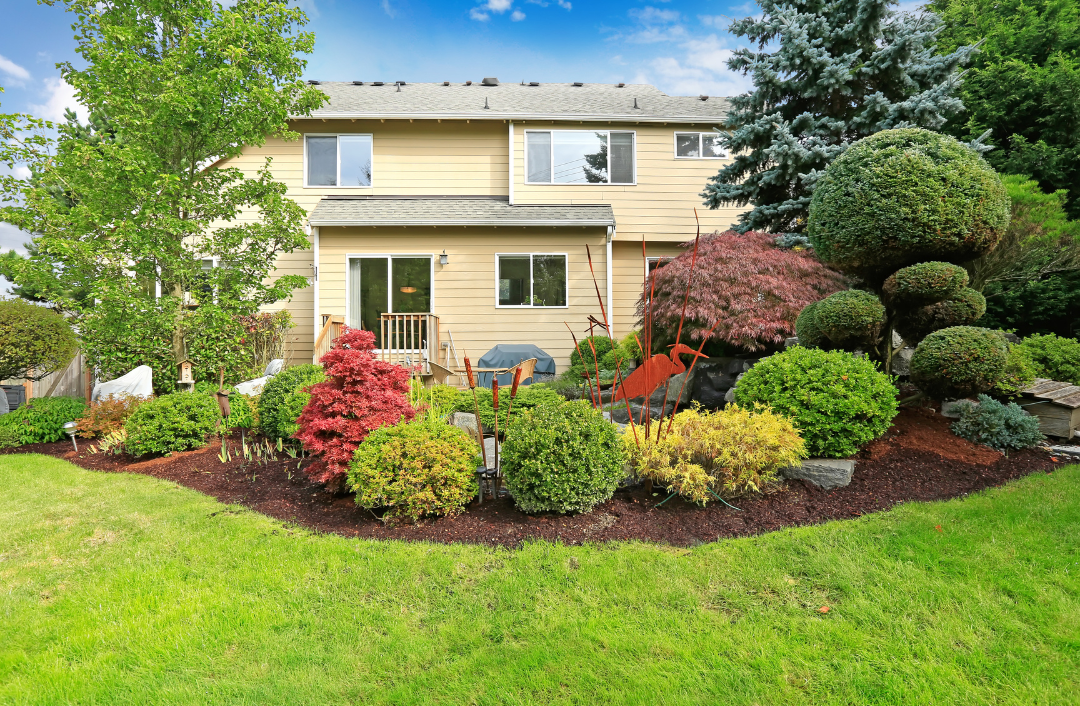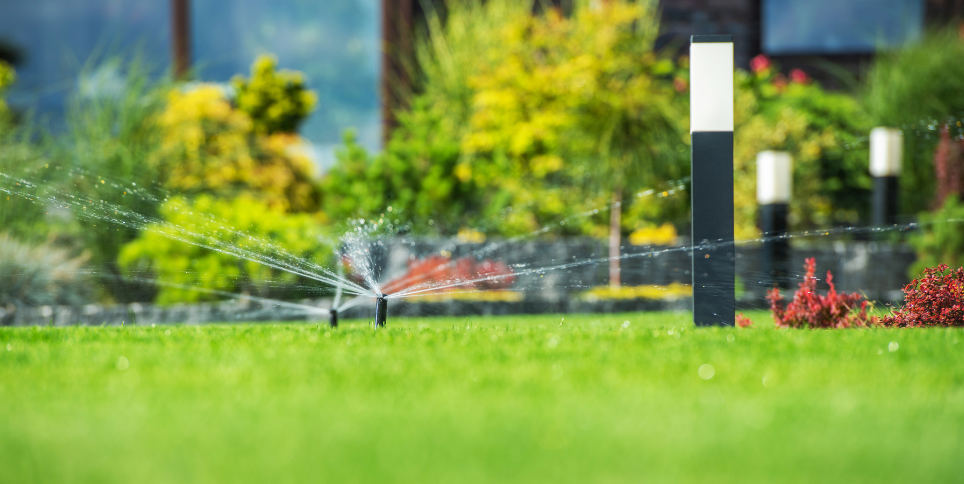Embarking on a backyard garden journey is a delightful way to infuse your property with nature's hues. And the best part? It's not a complex or time-consuming endeavour. With a handful of straightforward steps, you can craft a stunning and practical garden oasis that will yield fresh produce, aromatic herbs, and vibrant flowers for your family's pleasure.

Step 1: Choose the Right Spot
The first step in starting a backyard garden is to choose the right spot. Look for an area that gets plenty of sunlight and has good drainage. Avoid low-lying areas prone to flooding and shaded regions for most of the day. These areas can potentially risk your safety and well-being, so it is best to steer clear of them whenever possible.
Step 2: Decide on the Garden Size
Once you've found the perfect spot, it's time to decide on the size of your garden. The size of your garden can impact your gardening experience. Starting small and gradually expanding as you gain experience can be less overwhelming if you're a beginner. A good rule of thumb is to start with a garden no larger than 10 feet by 10 feet.

Step 3: Prepare the Soil
Preparing the soil is vital before you start planting. Remove any weeds or grass from the area, then loosen the soil with a garden fork or tiller. Add compost, manure, or other organic matter (such as [examples of organic matter]) to the soil to help improve its fertility.
Step 4: Choose Your Plants
Now, let's dive into the exciting part – selecting your plants! When picking out plants for your backyard garden, consider your area's soil conditions, sunlight requirements, and climate. Choose plants that thrive in your garden's environment for the most rewarding results.

Step 5: Plant and Mulch
Once you've chosen your plants, it's time to plant them in the garden. Be sure to follow the planting instructions for each plant and space them out correctly to allow for growth. After planting, add a layer of mulch. Mulching has several benefits, including [benefits of mulching]. This will help retain moisture and prevent weeds from growing, ensuring your plants stay healthy and your garden looks neat.
Step 6: Watch for Pests and Diseases
Common pests include ants, aphids, bed bugs, cockroaches, fleas, mice, rats, termites, and wasps. Common diseases include powdery mildew, black spot, rust, leaf spot, blight, and root rot. If you notice any problems, here are some tips on how to deal with them:
- To ensure your plants stay healthy, choose ones resistant to pests and diseases in your area.
- Keep your plants well-watered and fertilized. Healthy plants are more resistant to pests and diseases.
- Keep your garden clean and free of debris. Pests and diseases can thrive in decaying plant material.
- Look for early signs of pest or disease problems. Detecting an issue at an early stage can help prevent its further spread.
- Use natural pest control methods, such as introducing beneficial insects or using homemade remedies.
- If necessary, use chemical pesticides or fungicides as a last resort. Be sure to follow all safety instructions and use them only as directed.

Step 7: Water and Maintain
The final step in starting a backyard garden is to water and maintain it regularly. Water your plants deeply once or twice a week, depending on the weather and soil conditions.
Starting a backyard garden is a great way to enjoy fresh produce and flowers right in your backyard. With these simple steps, you can create a beautiful and productive garden space that will provide enjoyment for years. Happy gardening!
Posted by Infinity Admin on

Leave A Comment